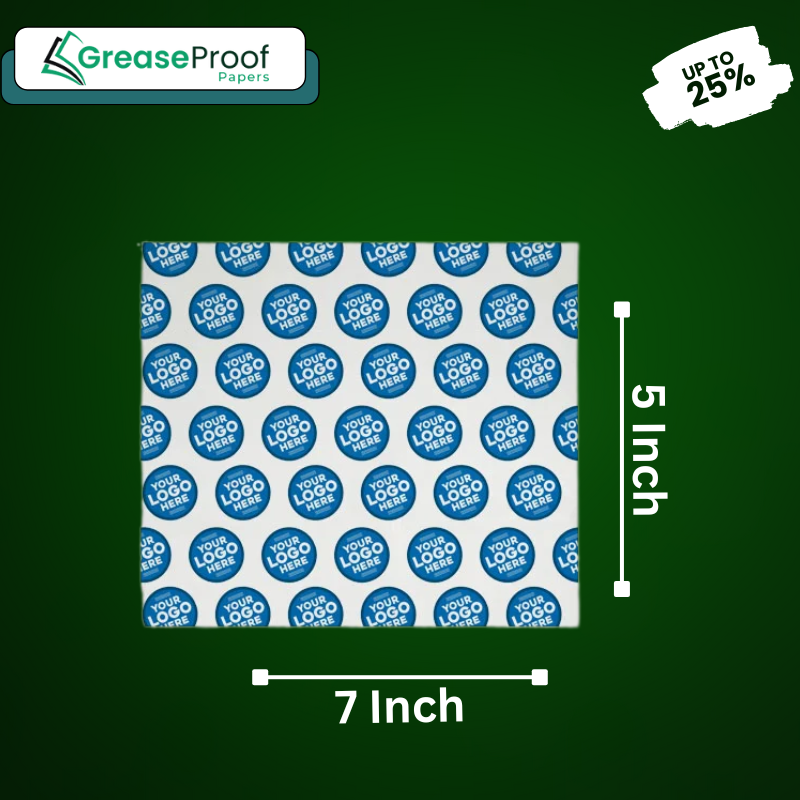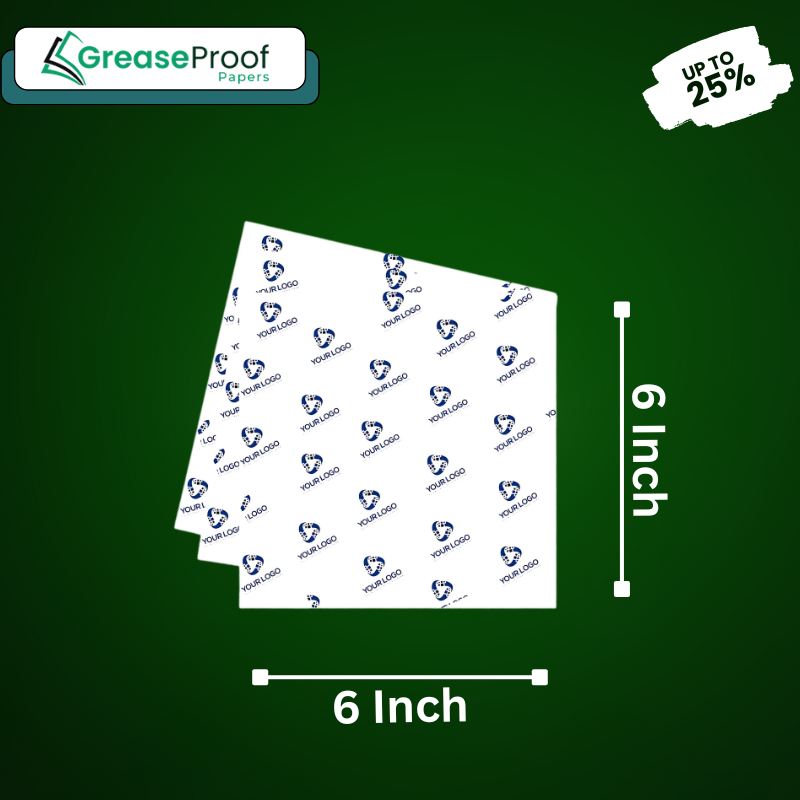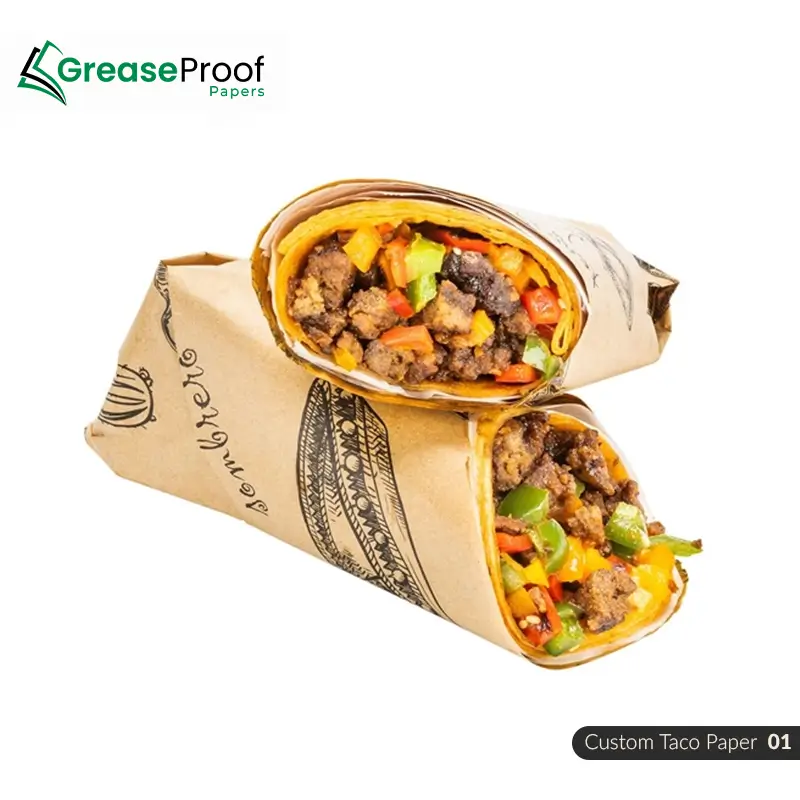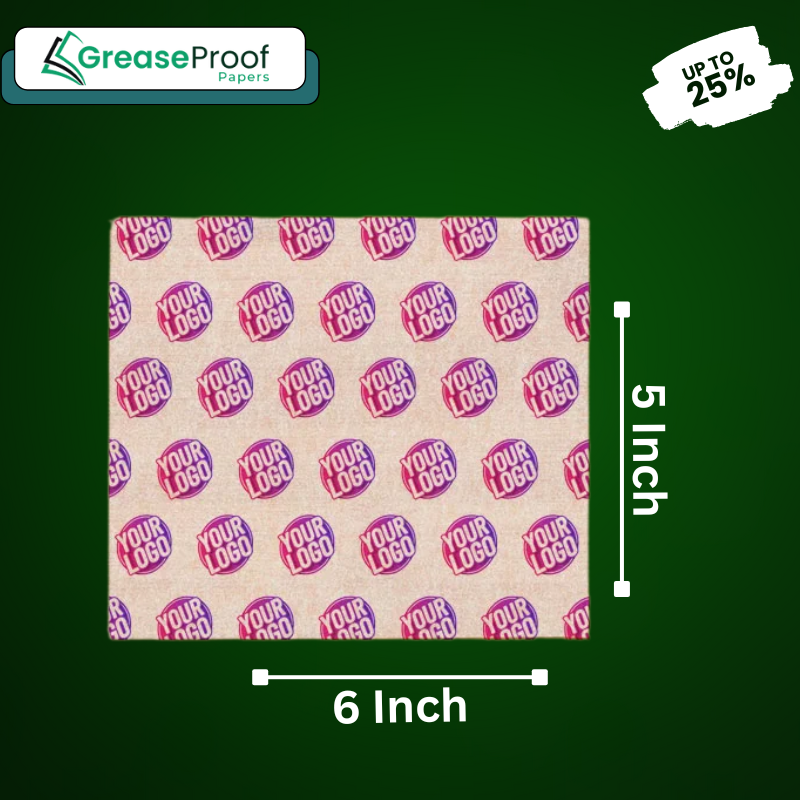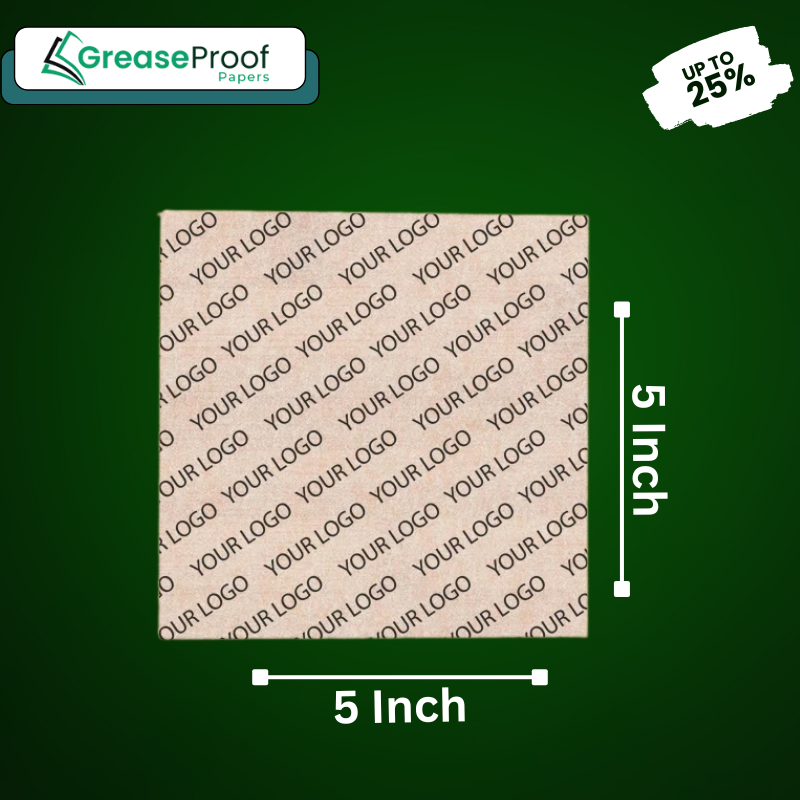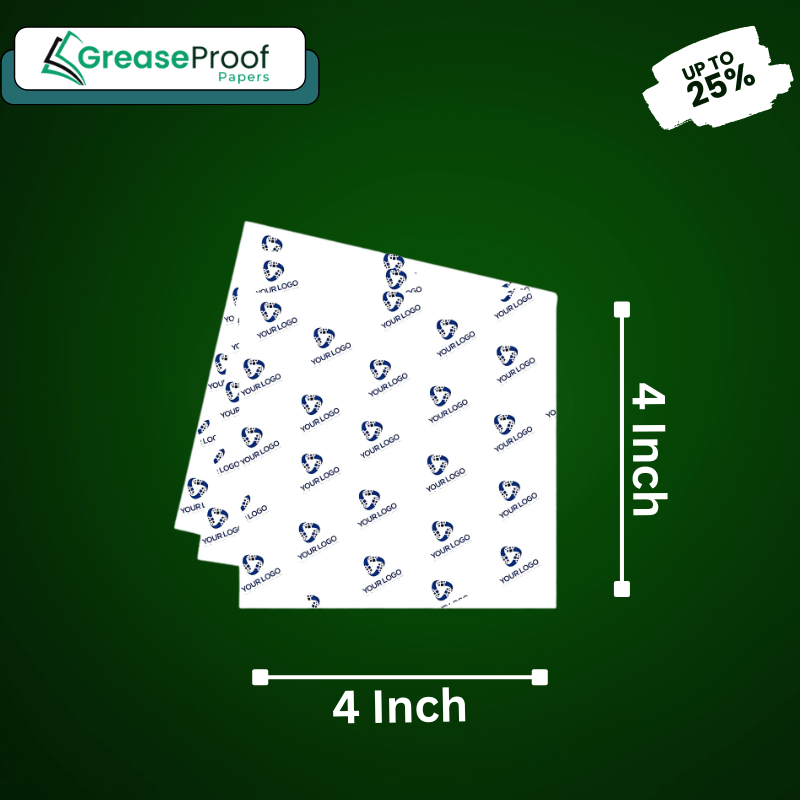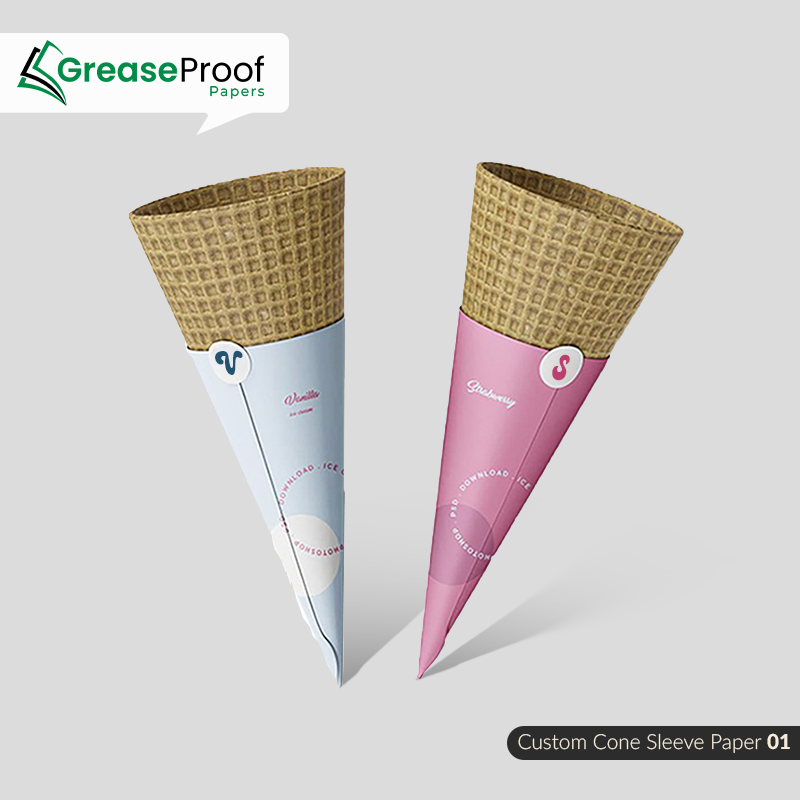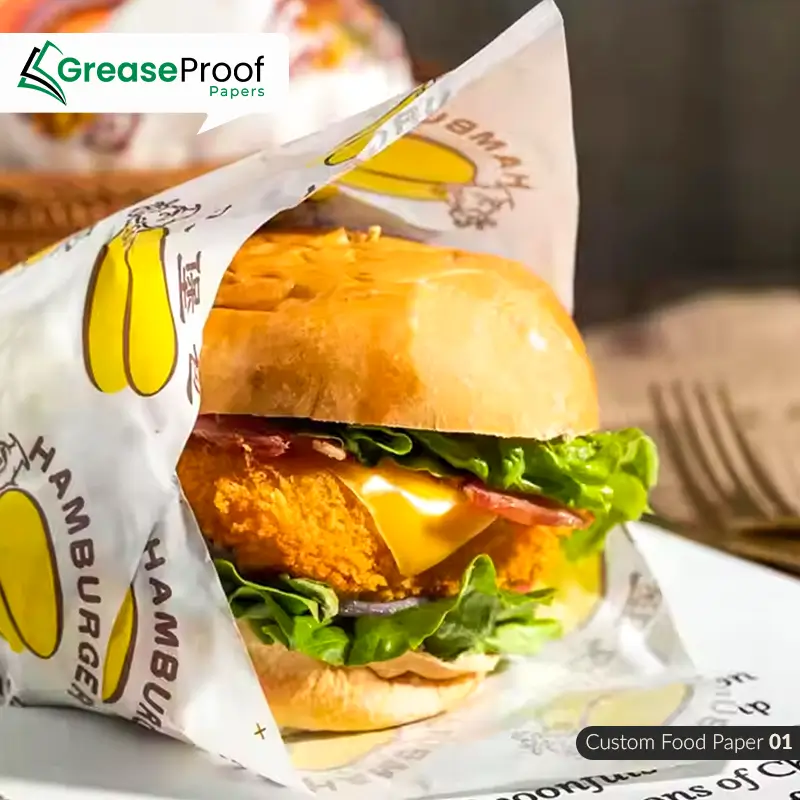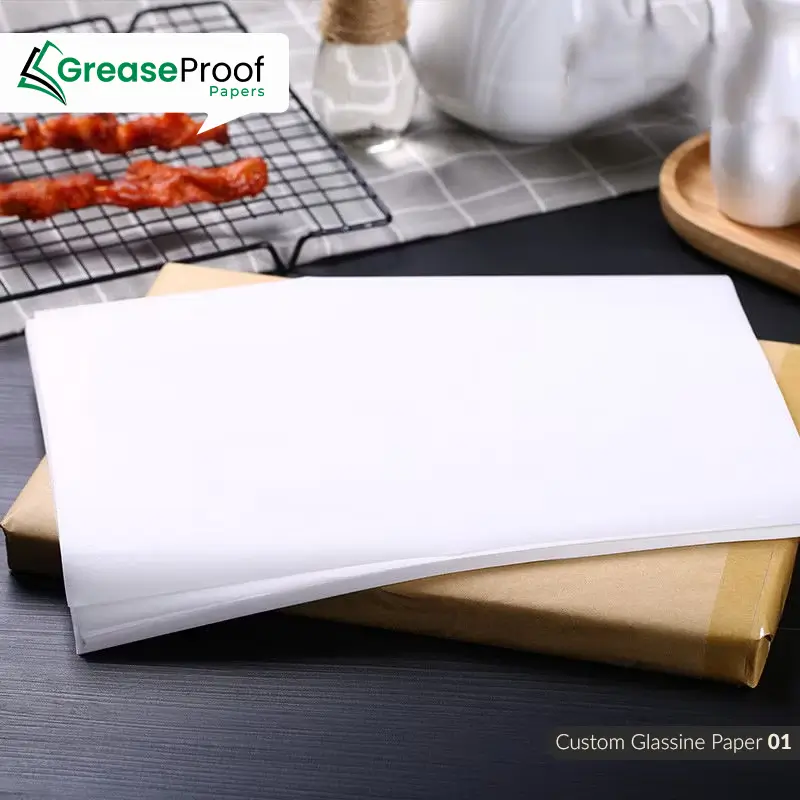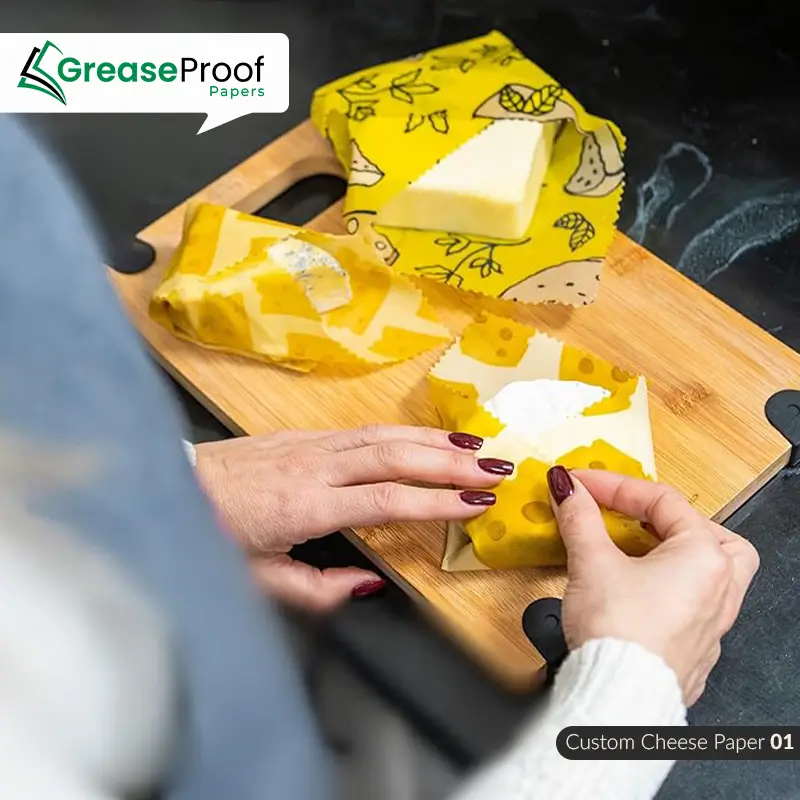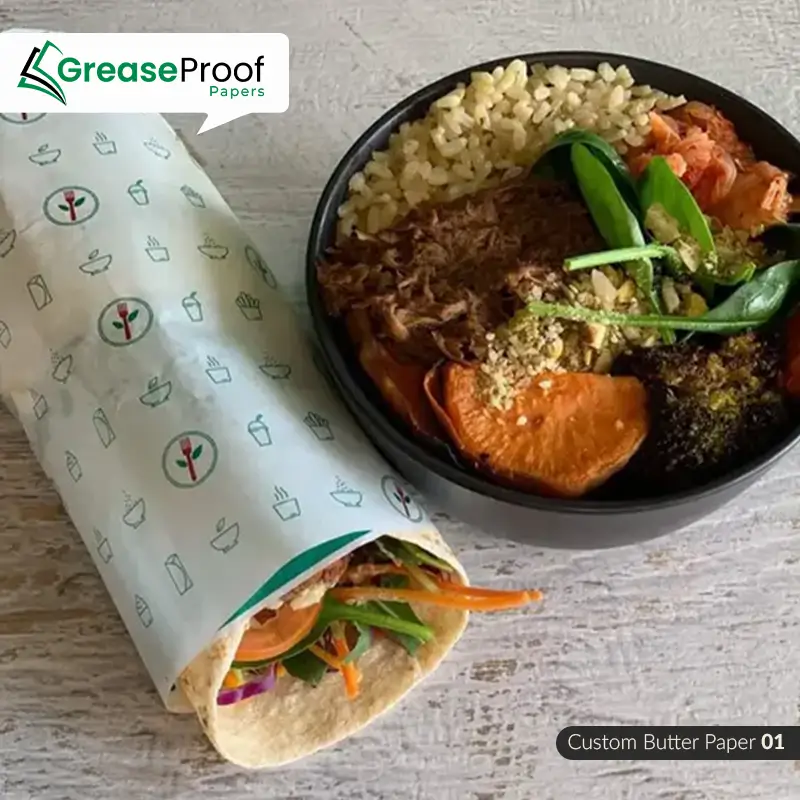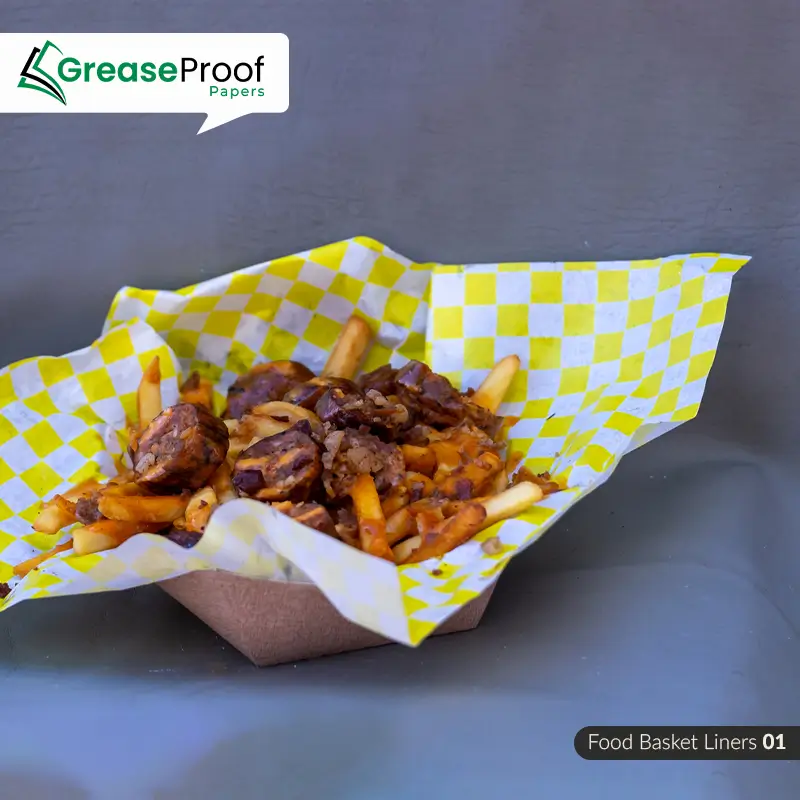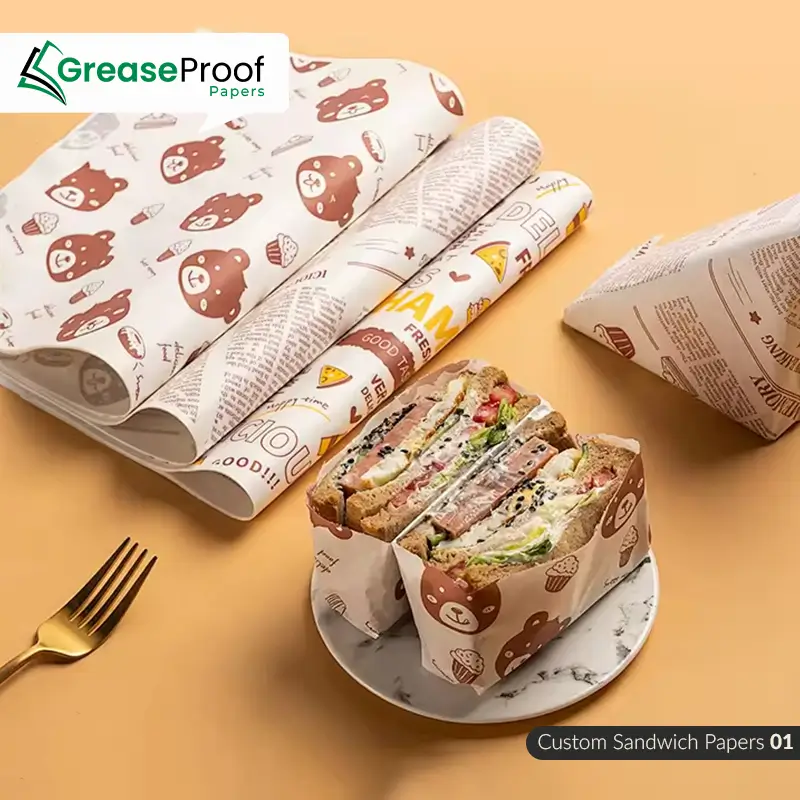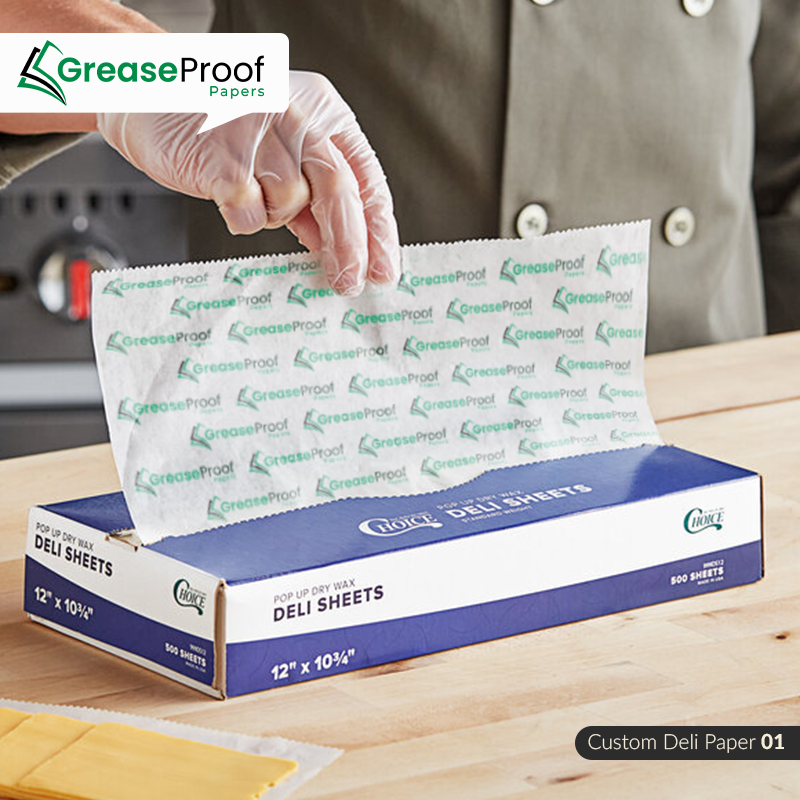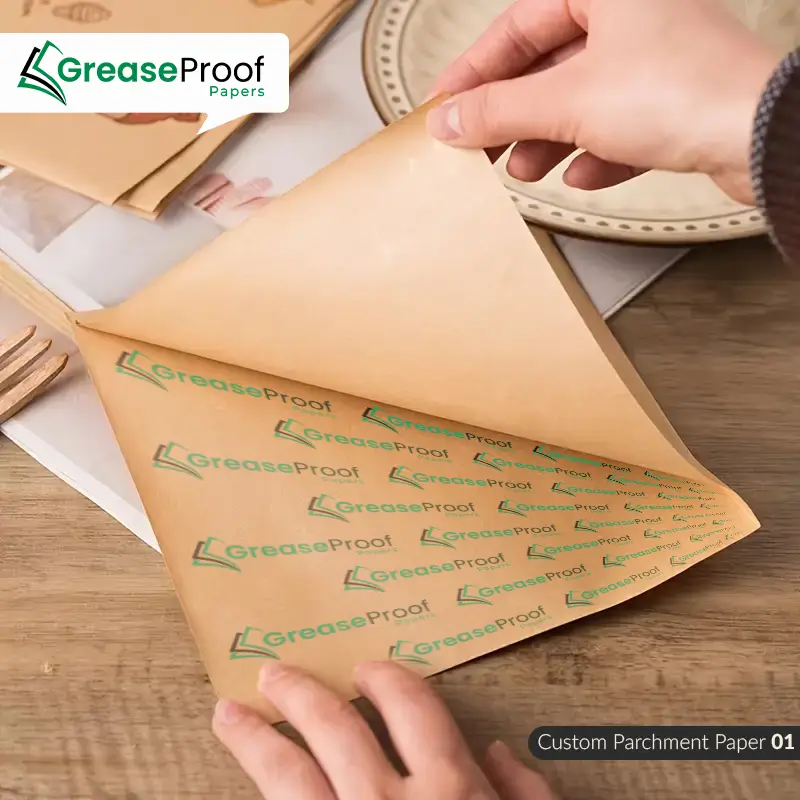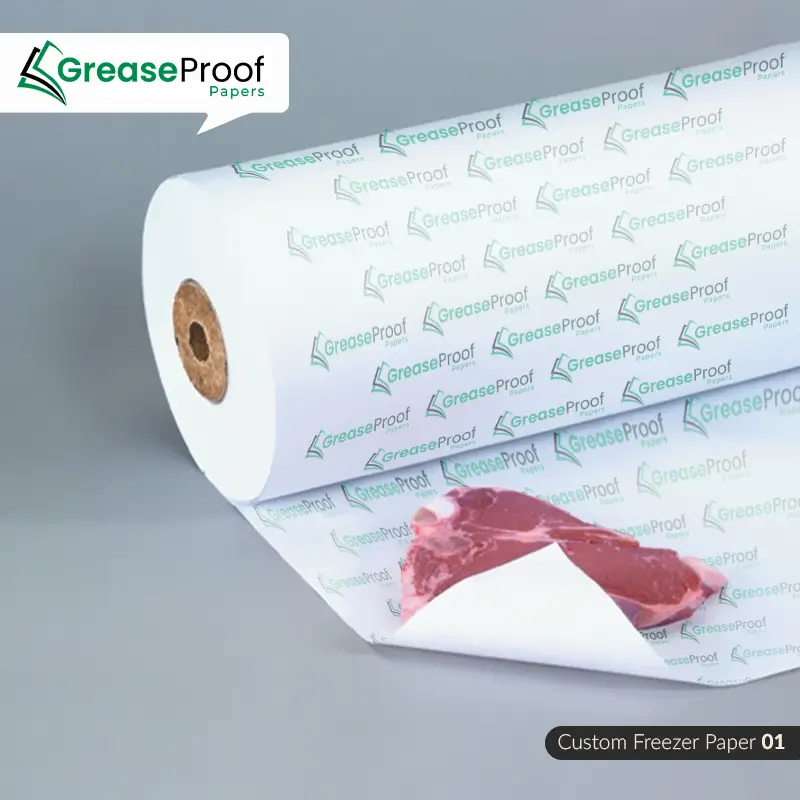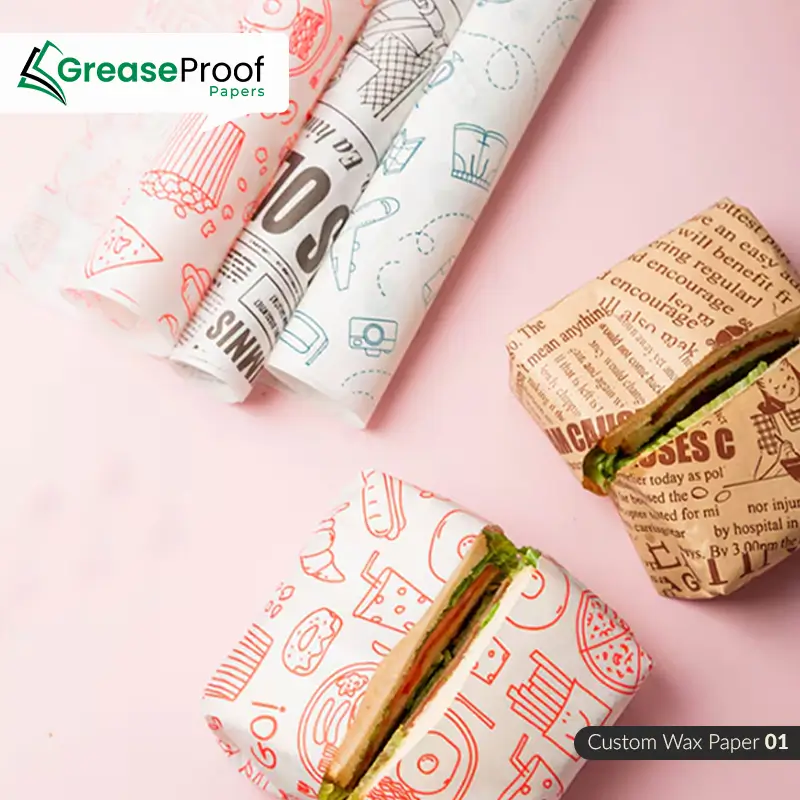
Is Wax Paper Edible? What Happens After Accidental Eating?
August 5, 2025 Uncategorized
Wax paper is a common kitchen tool frequently used to wrap food items and products. One question that comes to mind for many is, “Is wax paper edible?” People ask this question because sometimes the paper can accidentally be engulfed.
The answer to this question is not as simple as it seems and depends on several factors, such as:
- The type of wax applied to the paper
- The quantity engulfed
- The food-grade nature of the main paper
Different manufacturers use various types of raw materials, and the food-safe nature of the custom paper largely depends on them. Let’s read the blog and fully understand this.
Wax Paper And Food Safety
Wax paper is generally considered safe and can be used in direct contact with food. This paper is manufactured keeping in mind the food grade standards. Nonetheless, the paper itself is not edible. It is manufactured with cellulose fibers and a certain type of wax. These two are not digestible by the human gastrointestinal system.
Food-grade wax is inert and nontoxic. But it is essential to create a moisture barrier to prevent the food from getting soggy, and it has a low melting point. If you use the paper at high temperature, the toxic fumes may start to rise due to the breakdown of the inert components. The fire hazard is also present, which can make the use of paper dangerous.
Manufacturers most of the time mention the compliance information on the paper regarding its being BPA-free and bleach-free. When you use the paper for cold food or moderately hot food wrapping, then it is 100% safe. So when it comes to wax paper food safety, we can trust it. But when it comes to ingestion, things may vary.
What If Some Accidentally Ate Wax Paper?
As we know, the manufacturing raw material of custom wax paper is food-grade, so accidental ingestion is not harmful, as it is done in a very small quantity. There are two types of waxes applied on the paper, namely:
- Synthetic: Paraffin wax
- Natural: Soy and beeswax
Both types of waxes are chemically interesting. When someone engulfs them accidentally, there are no toxicological impacts. The cellulose component also passed through the digestive system unaltered because the human body lacks the enzyme required to digest it. In small amounts, nothing will damage the body.
What If Some Accidentally Ate Wax Paper?
As we know, the manufacturing raw material of custom wax paper is food-grade, so accidental ingestion is not harmful, as it is done in a very small quantity. There are two types of waxes applied on the paper, namely:
- Synthetic: Paraffin wax
- Natural: Soy and beeswax
Both types of waxes are chemically interesting. When someone engulfs them accidentally, there are no toxicological impacts. The cellulose component also passed through the digestive system unaltered because the human body lacks the enzyme required to digest it. In small amounts, nothing will damage the body.
Large components or frequent ingestion can lead to potential intestinal blockage. This can occur especially in children and individuals with prior gastrointestinal issues. Symptoms may include:
- Abdominal discomfort
- Bloating
- Constipation
Small amounts do not require any medical assistance, but repetitive consumption must be provided. It also ruled out the question, “Is wax paper digestible?”
Is Wax Paper Toxic?
As mentioned earlier, wax-coated paper is entirely safe. There are synthetic coatings applied on the paper, but they are applied in very small quantities. This small quantity is generally recognized as safe (GRAS) by the FDA for direct food contact.
Wax is stable at room temperature and does not release harmful substances. But you must avoid high temperatures because they can emit volatile organic compounds or soot. Both can contaminate the food and can also be inhaled, leading to health issues. That is why, the use of this paper is not advised at high temperatures.
Most of the brands prefer bleached wax paper that is sometimes obtained with a chlorine-based bleaching agent. The modern manufacturing processes have largely reduced the production of dioxins, but their retention can be harmful. To prevent this, chlorine-free food-grade wax paper is considered a safer alternative.
Wax Paper in the Microwave
This app can be used in microwaves but with certain limitations. The layer of wax melts at around 49 to 66 degrees Celsius and remains safe while heating the food, which occurs at a temperature lower than the melting point of wax. Aside from this, the base paper is made of cellulose.
The cellulose is not absorbent to the microwave energy and can be classified as safe at the melting point of the wax. Heat high-fat foods so that the temperature does not exceed 50 °C. This is because fat warms up unevenly, and the temperature may surpass wax’s melting point. In the case of wax paper vs parchment paper, the latter proves to be the most ideal when the procedure involves high temperatures. Parchment paper has a silicone coating that can endure more than 150 degrees Celsius without burning or deforming.
Is Wax Paper Biodegradable
The biodegradability of wax paper depends upon the type of wax used. Parading wax-coated paper is not sustainable and takes years to decompose. This is because the paraffin layer resists the interaction of cellulose with decomposers. On the other hand, if the paper is coated with soy and beeswax, then it can be composted easily.
What Happens If You Eat Wax Paper
In the event of ingestion of wax paper, it is an inert and non-toxic indigestible foreign agent in the bowel. It consists of cellulose fibers derived from wood pulp and a paraffin-or soy wax coating. The paper and the wax cannot be digested because the human body does not produce enzymes to break down cellulose or waxes.
When wax paper is ingested, most of it is naturally excreted in the stool. The wax coating does not dissolve and remains intact, preventing it from being rubbed off. The material is non-reactive with stomach acid or with digestive enzymes due to its non-causticity and chemical inactivity. There is no associated release of damaging toxins when passing through.
Conclusion
Wax paper is safe when you ingest it in small amounts. However, ingestion in large amounts can cause serious digestive issues. The raw material used in the manufacturing of this paper is food-grade and non-toxic, and the potential effects of bleaching chlorine are eliminated by most brands through the use of chlorine-free bleaching agents.
Before selecting this paper, make sure you select a renowned brand that abides by the FDA recommendation. Grease Proof Papers is one such company that has been manufacturing the paper considering consumer safety.


